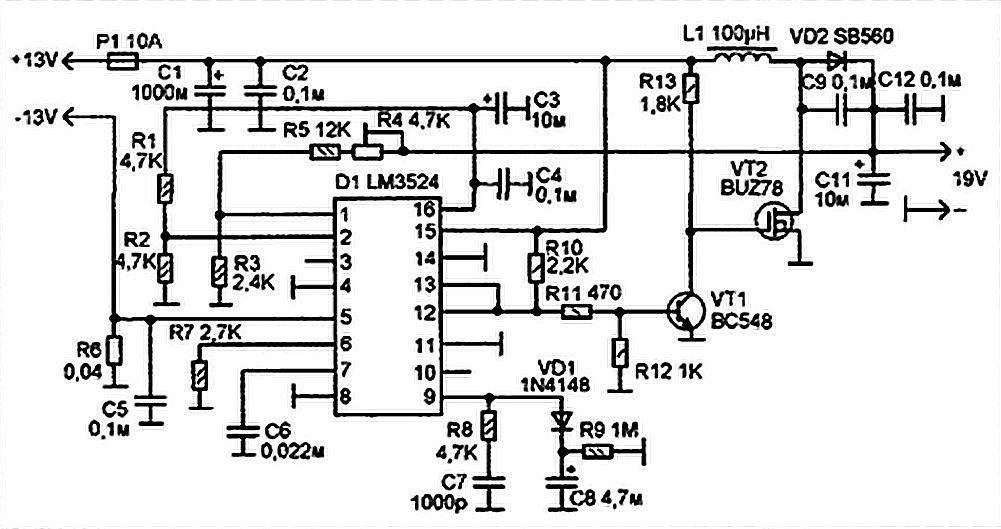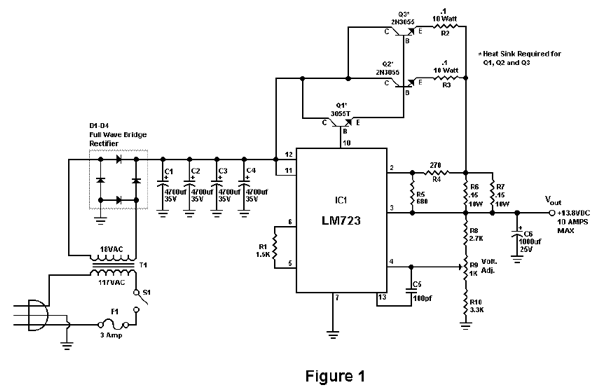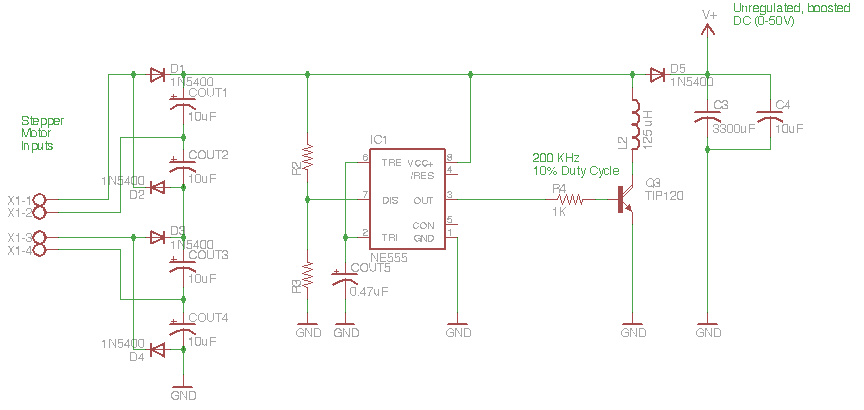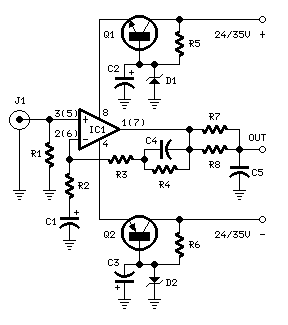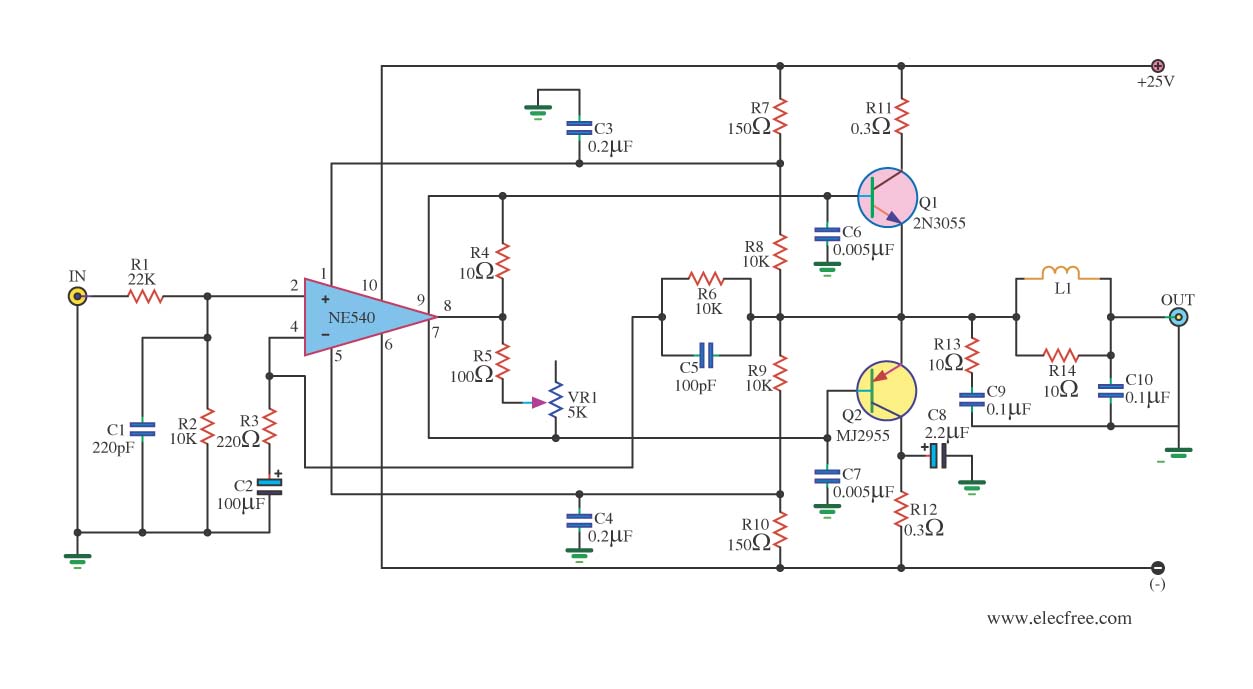
Power Amplifier Theory for High-Efficiency Low-Cost ISM-Band Transmitters
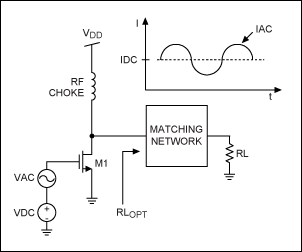
This application note provides a concise overview of power amplifier theory and presents simulation results that offer insights into the operation of the power amplifier across all of MAXIM's LFRF transmitters and transceivers.
Power amplifiers are critical components in communication systems, responsible for boosting the power of radio frequency (RF) signals to ensure effective transmission over distances. The theory behind power amplifiers involves understanding their operating classes (Class A, B, AB, C, etc.), efficiency, linearity, and gain characteristics. Each class has distinct advantages and disadvantages, influencing their application in various systems.
The simulation results included in this application note are essential for analyzing the performance metrics of power amplifiers used in MAXIM's LFRF transmitters and transceivers. These metrics typically encompass output power, efficiency, linearity, and distortion levels. By simulating different operational scenarios, engineers can predict how the power amplifier will behave under varying conditions, such as changes in load impedance or input signal levels.
In practical applications, the design of a power amplifier circuit must consider several factors, including thermal management, power supply requirements, and the integration of feedback mechanisms to enhance linearity and reduce distortion. The choice of transistors, biasing techniques, and matching networks also plays a significant role in the overall performance of the amplifier.
Furthermore, understanding the interaction between the power amplifier and other components in the transmitter or transceiver chain is crucial. This includes the effects of impedance matching, signal routing, and filtering, which can significantly impact the efficiency and effectiveness of the RF transmission.
In summary, the application note serves as a valuable resource for engineers and designers working with power amplifiers in RF communication systems, providing both theoretical knowledge and practical insights through simulation data. This information is vital for optimizing the design and performance of transmitters and transceivers in various applications.This application note includes a brief overview of power amplifier theory and it includes simulation results that provide insight into the operation of the power amplifier on all of MAXIM s LFRF transmitters and transceivers.. 🔗 External reference
Power amplifiers are critical components in communication systems, responsible for boosting the power of radio frequency (RF) signals to ensure effective transmission over distances. The theory behind power amplifiers involves understanding their operating classes (Class A, B, AB, C, etc.), efficiency, linearity, and gain characteristics. Each class has distinct advantages and disadvantages, influencing their application in various systems.
The simulation results included in this application note are essential for analyzing the performance metrics of power amplifiers used in MAXIM's LFRF transmitters and transceivers. These metrics typically encompass output power, efficiency, linearity, and distortion levels. By simulating different operational scenarios, engineers can predict how the power amplifier will behave under varying conditions, such as changes in load impedance or input signal levels.
In practical applications, the design of a power amplifier circuit must consider several factors, including thermal management, power supply requirements, and the integration of feedback mechanisms to enhance linearity and reduce distortion. The choice of transistors, biasing techniques, and matching networks also plays a significant role in the overall performance of the amplifier.
Furthermore, understanding the interaction between the power amplifier and other components in the transmitter or transceiver chain is crucial. This includes the effects of impedance matching, signal routing, and filtering, which can significantly impact the efficiency and effectiveness of the RF transmission.
In summary, the application note serves as a valuable resource for engineers and designers working with power amplifiers in RF communication systems, providing both theoretical knowledge and practical insights through simulation data. This information is vital for optimizing the design and performance of transmitters and transceivers in various applications.This application note includes a brief overview of power amplifier theory and it includes simulation results that provide insight into the operation of the power amplifier on all of MAXIM s LFRF transmitters and transceivers.. 🔗 External reference
